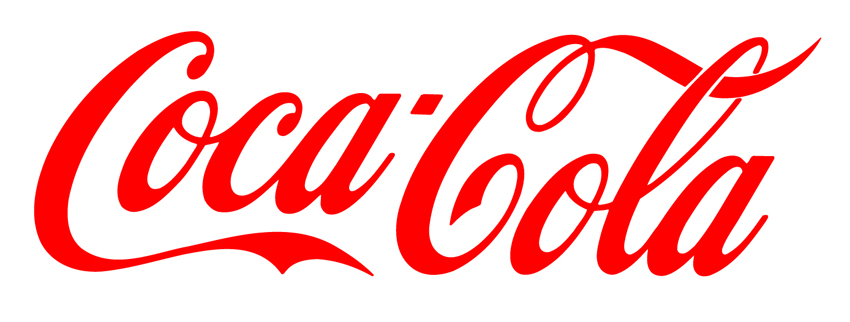Depending on whom you ask, Coke’s updated structure could signify a wall or a minor opposite (let’s call it a low, easily-hoppable fence).
Industry veterans have expressed a wide range of opinions following the decision by The Coca-Cola, Co., Inc. to split its North American operations into two units. However, despite the range, one sentiment prevails with many: the shift could present a new set of challenges for Coke and its partners.
A long-term beverage adviser, who has followed Coke for many years, said that the company has focused on growing its business in North America through a combination of company bottlers, independent bottlers and brand marketers. Considering the various, interworking angles of the business, the adviser advocates concision over the updated structure, which will divide Coca-Cola North America (CCNA) from Coca-Cola Refreshments (CCR).
“They put a wall between them,” the adviser said. “It seems like to me they’d work better as one.”
The adviser is surprised that CCR will become a part of the Bottling Investments Group (BIG) — a move that could decrease efficiency. Neil Kimberley, the founder of beverage consulting and advisory firm Foods, Fluids and Beyond, was also surprised. Yet, he and the investment community have known for several years that this day would arrive. What surprised Kimberley most was the timing.
Regarding the division, Kimberley expressed opinions similar to those of the adviser. He also weighed in on the potential aftermath regarding Venturing and Emerging Brands (VEB), Coke’s innovation hub.
“It’s going to make a more challenging environment for VEB to operate in because they will now have two masters to please,” Kimberley said.
A tug-of-war could ensue. Kimberley added that while the parent company could be more interested in driving growth from emerging areas, the bottlers, who tend to lean toward developing core brands (in this case, carbonated soft drinks), could be more pragmatic about their points of emphasis.
And despite CEO Muhtar Kent’s claim that VEB will report to CCNA, Kimberley said that the influence will still be enacted on the other side.
“The bottlers and distributors always have a big influence on the development of new brands,” Kimberley said. “It’s always been that way and it will continue to be that in the future. They are the guys who execute those businesses.”
Even with his independence from the parent company, John Gould, the executive director and CEO of The Coca-Cola Bottlers’ Association (CCBA), holds another opinion: he expects the two new operating entities to work together effectively.
“I certainly don’t look at the changes with any strong sense of concern for The Association,” Gould said.

The CCBA works as an intermediary between the parent company and its 69 independent bottlers, including the five bottlers noted in April with the potential to grow as part of the refranchising. At times, it’s more efficient for the bottlers to work through the parent company with one point of contact.
He said that the bottlers have worked with J.A.M. “Sandy” Douglas, the new group president of CCNA, for many years. Gould added that Douglas understands the motivations, challenges and history of the bottlers, which will lead to a well-received return.
“Sandy has an exceptional understanding of the business,” Gould said. “He’s got a lot of credibility with the bottlers.”
Gould didn’t refute the claim that bottlers favor the core brands, but he phrased their approach in a different fashion. The independent bottlers are in the business for the long haul — three, four, sometimes five generations. Yet, while the bottlers have a macro-perspective, strive for sustainable growth and haven’t lost faith in the sparkling beverages, they understand the necessity for a broad, comprehensive portfolio.
Naturally, whenever shifting occurs at the top, the ancillary layers wonder about the ripple effects. While Gould doesn’t envision a wall, he’s read the words “constructive tension” and said that they could reveal some truth.
“I don’t think that’s going to create new barriers or problems,” he said.
Gould, like most in the industry, can’t explain the departure of Steve Cahillane, the former president of Coca-Cola Americas who was often mentioned as a possible successor to Kent. However, with the current leadership in place, Gould remains optimistic.
“You’ve got some extremely capable people picking up the reins here,” Gould said.
As the new system progresses, Kimberly said that the parent company and the bottlers will announce some kind of agreement to formalize the operations of VEB. The pact would align priorities and serve in the interest of both entities to develop the company’s emerging brands.
Meanwhile, those in the beverage industry will monitor the effects of what could become a wall or a transparent division.
